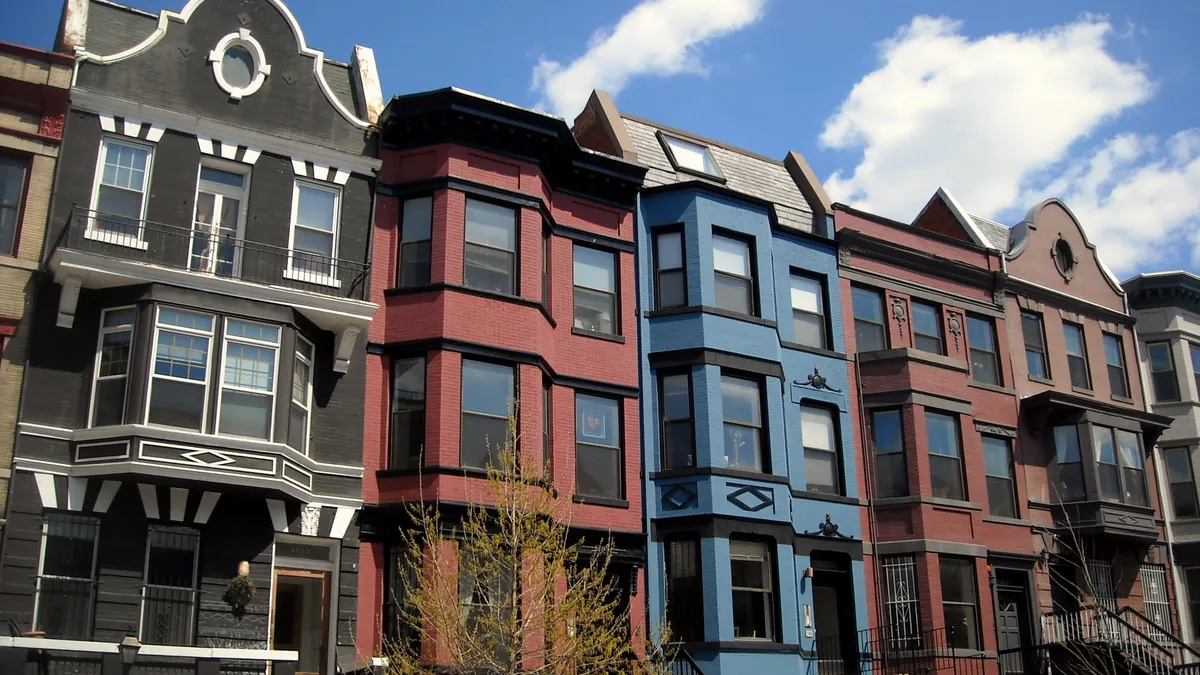Dive Brief:
-
The U.S. homeownership rate rose slightly to 63.7% in the fourth quarter from 63.5% in the previous quarter and is roughly on par with the same period a year ago (63.8%), according to data from the U.S. Census Bureau released today.
-
During the period, 55.6% of the 1.4 million total housing units were owner-occupied while 31.7% were renters, consistent with the owner (55.7%) and renter (31.5%) breakdown in the fourth quarter of 2015.
-
The Midwest continued to report the largest percentage of homeowners (68.4%) of the major U.S. regions while the West recorded the lowest (59%). The share of homeowners under 35 years old dipped from 35.2% in the third quarter to 34.7% in the fourth quarter.
Dive Insight:
The U.S. homeownership rate has bounced back from a 51-year low in the second quarter of 2016 and has held steady for the remainder of the year. Of the 1.2 million households occupied during the period, more were owners (63.7%) than were renters (36.2%), a positive sign for housing’s recovery. The cycle high homeownership rate was 69.1% in the first quarter of 2005.
Other housing market reports out this week paint a more complex picture of the sector’s recovery as elevated mortgage rates and continued home-price increases challenge buyers, while a skilled-labor shortage and high lot development costs have raised the stakes for builders looking to get it on growing demand.
A strong month for multifamily pushed housing starts up 11.3% in December, but the single-family category recorded a 4% drop for the month to a rate of 795,000 starts. That coincided with a 10.4% decline in new-home sales for the month to a rate of 563,000, which is 0.4% off the year-earlier mark.
Existing-home sales are facing a similar predicament, falling 2.8% in December to an adjusted annual rate of 5.49 million and facing a 3.6-month supply of unsold properties in the pipeline.
Limited supply and rising prices — together an indicator of growing demand — have builders optimistic. The National Association of Home Builders/Wells Fargo Housing Market Index fell two points in January to a mark of 67, well above the break-even score of 50, while its measures of current and future sales expectations also slipped but came in above 70.
For more housing news, sign up for our daily residential construction newsletter.












